Mission:
This laboratory’s primary research focus is on studying and optimizing the physical properties of transducer materials. Transducer materials are those materials that can change a certain input energy signal, such as voltage, light signal, temperature change, etc... into a different output energy signal, such as strain (or movement), refractive index change, electricity, light emission, etc...
We conduct research on transducer materials in order to:
- Measure their material coefficients and predict their behaviour under varying operating conditions.
- Study the physical principles at work in order to increase or enhance the transducer effects present in materials.
- Utilize these materials in the creation of functional and practical devices, such as solar cells, sensors and actuators, and light emitting diodes.
Currently, the following transducer effects are experimentally and theoretically researched in our group:
- Photomechanical behaviour and laser-induced nano-structures in azobenzene-containing materials.
- Surface plasmon resonance, electromagnetic energy interaction between light and matter.
- Photovoltaic properties of solar cells.
- Photoluminescence and electroluminescence properties of organic compounds (OLEDs).
- Electromechanical, which includes piezoelectric and electrostrictive effects.
- Dielectric and polarization properties.
- Electro-optic effects.
- Thermo-optical effects.
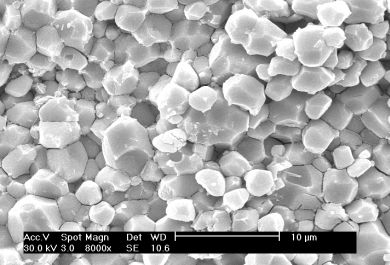
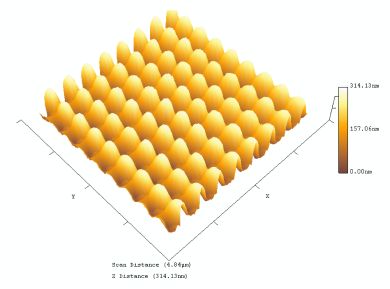
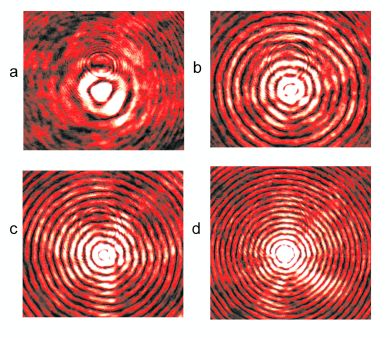

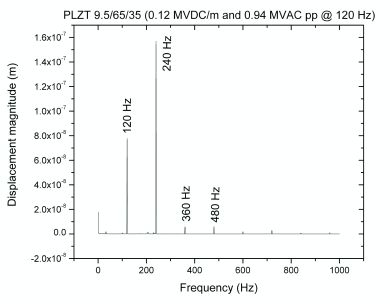
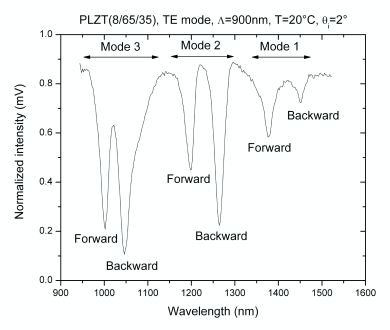

Equipment inventory:
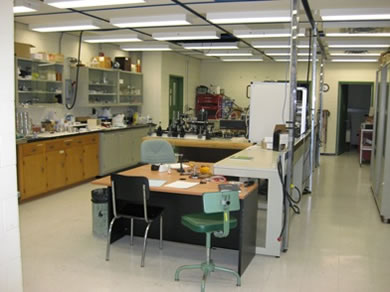
Materials Laboratory
- Glovebox isolation and containment chamber with gas purging ports.
- Thin film spin coater.
- Bal-tec sputter coater, typically used to sputter Cu, Ag, Au, Pt, Cr, Ni electrodes.
- Key metal evaporator, used to evaporate Au, Al, Ag.
- Delta Design temperature chamber, range -195° to +315°C.
- Thermotron temperature chamber, range -70°C to +180°C.
- Yamato vacuum oven, range 5°C to 240°C.
- Temperature-controlled corona and silicon oil poling stations.
- Agilent 4294A Precision Impedance Analyzer, 40 Hz to 110 MHz.
- Agilent 4284A Precision LCR Meter, 20 Hz to 1 MHz.
- Agilent 4194A Impedance/Gain-Phase Analyzer.
- Trek 20kv/20mA, 30kv/20mA, 10kv/2mA amplifiers.
- Keithley 2601 Source-meter.
- Keithley electrometers.
- Agilent function generators.
- Stanford Research Systems lock-in amplifiers.
- Polytec laser vibrometer, picometer strain resolution.
- Lexel water cooled Argon laser, 2.5W @ 488 nm and 514 nm.
- Ion Laser Technology 5500 Series Argon laser, 0.5W @ 488 nm and 514 nm.
- Coherent Verdi diode laser, 5W @ 532 nm.
- New Wave Research Nd:YAG laser, pulsed @ 1064 nm.
- B&W Tek fibre-coupled diode laser, 450 mW @ 785 nm.
- HeNe laser 50 mW @ 632 nm.
- 2 ScienceTech spectrometers, 1 nm resolution from 400 to 1700 nm.
- Spex 1702 scanning spectrometer, 0.1 nm resolution from 400 nm to 800 nm.
- Hinds Instruments PEM-90 photoelastic modulator.
- Pacific Nanotechnology atomic force microscope system.
- Dektak II profilometer.
- 5 Velmex computer-controlled rotational stages, and 2 translational.
- 5 large optical tables.
- High Dynamic Range camera.
- Various photodetectors and photomultiplier tubes.

Staff
Dr. Ribal Georges Sabat: Main researcher, assistant professor of physics.
- Dr. Ribal Georges Sabat's personal website
- Prospective civilian or military PG students and post-docs may contact Dr. Sabat at the following address: sabat@rmc-cmr.ca
Links
We support the MITACS Accelerate Program; interested Canadian companies may inquire with Dr. Sabat.
Comments
Comments or suggestions are welcomed at: bryce.bennett@rmc-cmr.ca